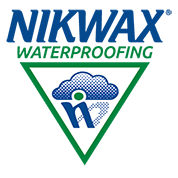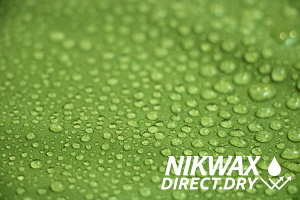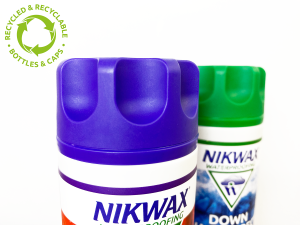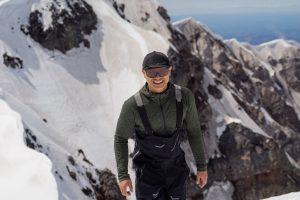
It’s winter, and for most of us that means spending much of our free time on the snow—on skis, snowshoes, snowboards, sleds, or any other contraption with a sliding surface. We’re a cold-climate tribe, like-minded folks who understand the reward of bundling up and pushing our bodies through the elements.
As we go, many of us venture into the unknown, to the next summit, the next ridge over. And as we do, we may cross from a relatively safe zone into a more dangerous one where risks are greater. Perhaps the most threatening of all is an avalanche.
Tragically, avalanches kill people each winter. Some of the victims are well-known industry experts. Others are less known. They’re out with their friends and succumb to changing conditions, unpredictable circumstances.
Here at Nikwax hearts go out to anyone affected by avalanches in the backcountry. Experience tells us that it isn’t just the extreme skiers who are affected. It’s the cross-country enthusiast. The snowshoeing bird watcher. The snowmobiler.
In the hopes of spreading the word about avalanche safety, we here at Nikwax offer the following tips to our intrepid customers and friends. Please, stay safe in the backcountry.
- Educate yourself: Avalanches can occur with as little as a few inches of snow. The contributing factors in an avalanche include slope angle, snow conditions, and the type of snow crystals closest to the ground. Snow scientists spend a lifetime studying these phenomenons. You don’t need a Ph.D., but check out the American Institute for Avalanche Safety to learn how to recognize and avoid scenarios that are primed for an avalanche.
- Take a course: The American Avalanche Institute has been teaching professionals and recreationists how to stay safe in the backcountry since 1973. Check the website for a course near you.
- Gear up: Avalanche beacons, snow shovels, and probes are de rigeur in the backcountry. However, they’re only as good as the person using them. Buy a beacon—an electronic tracker that emits signals and also tracks them to find bodies buried in an avalanche. Then practice using it.
- Choose your route wisely: We’re not saying to avoid avalanche terrain. Some of the best backcountry huts, ski slopes, and basic trails traverse avalanche paths. What’s important is to know the risks of your route and do your best to mitigate them using the skills you picked up in your avalanche course.
- Choose your partners wisely: Make sure you trust the folks you recreate with to make educated decisions.
If this seems extreme, consider this: if you’re in the backcountry anywhere near a slope with an angle, you could be at risk of an avalanche. We don’t want to scare you. We don’t want you to stay home. But we do want you to be safe.
Getting out in the winter is one of life’s most joyful activities. Coming home in one piece is even better.







